
Life sciences
12 Nov 2020
Solitary bees are born with a functional internal clock – unlike honeybees
Developmental lag in the circadian clock may facilitate sociality: Frontiers in Cell and Developmental Biology

Life sciences
12 Nov 2020
Developmental lag in the circadian clock may facilitate sociality: Frontiers in Cell and Developmental Biology

Life sciences
04 Nov 2020
Fungus-growing Xyleborus affinis beetles have independently evolved a similar social structure to many casteless wasps and bees: Frontiers in Ecology and Evolution
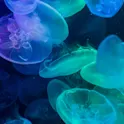
Life sciences
30 Oct 2020
How fast are nutrients from decaying jellyfish blooms recycled into marine ecosystems? Frontiers in Microbiology
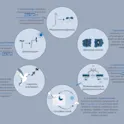
Life sciences
27 Oct 2020
New article collection to showcase research on the cryptochrome, a blue light receptor first discovered in plants.

Life sciences
23 Oct 2020
Innate immunity quickly develops in the first days after birth: Frontiers in Immunology
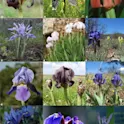
Life sciences
13 Oct 2020
What did the last common ancestor of irises look like? Frontiers in Plant Science
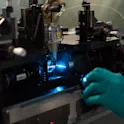
Life sciences
24 Sep 2020
Are these marine protists the first known virus-eating organisms? Frontiers in Ecology in Marine Science
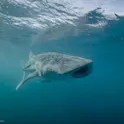
Life sciences
16 Sep 2020
Female whale sharks are the world’s largest fish: Frontiers in Marine Science

Life sciences
07 Sep 2020
How marine snails “fly” through the water: Frontiers in Marine Science

Life sciences
02 Sep 2020
Reef manta rays, Mobula alfredi, are homebodies: Frontiers in Marine Science

Life sciences
26 Aug 2020
Deinococcus bacteria can survive in outer space for years: Frontiers in Microbiology

Life sciences
20 Aug 2020
Glycerol protects algae in Antarctica from extreme conditions: Frontiers in Plant Science
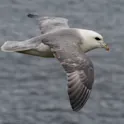
Life sciences
19 Aug 2020
Plastic waste is toxic for seabirds: Frontiers in Environmental Science

Life sciences
19 Aug 2020
Shipwreck habors a rich spatially structured microbial community: Frontiers in Microbiology
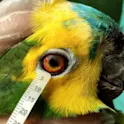
Life sciences
13 Aug 2020
Reptile and bird tears are remarkably similar to human tears: Frontiers in Veterinary Science
Get the latest research updates, subscribe to our newsletter